Everything you need to know about specifications and performance - Toyota Avalon 2018 - 3.5 V6 (301 Hp) Automatic
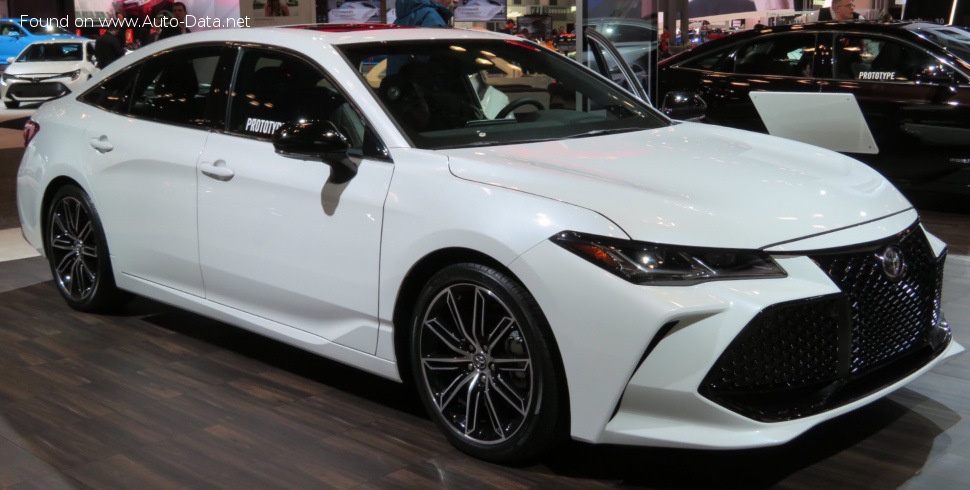
Overview:
What is the engine capacity of a Toyota Avalon 2018?
The engine capacity of the Toyota Avalon 2018 is 3456 cm.
Toyota Avalon 2018 How many horsepower?
The engine power of the Toyota Avalon 2018 is 301 Hp @ 6600 rpm..
What is the Toyota Avalon 2018 engine?
Toyota Avalon 2018 engine is 2GR-FKS. (Click to see other cars using the same engine)
How much gasoline does a Toyota Avalon 2018 consume?
The Toyota Avalon 2018 consumes 9.0-9.4 liters of gasoline per 100 km
What is the recommended oil for a Toyota Avalon 2018 engine?
The recommended oil for a Toyota Avalon 2018 car engine is 0W-20.
What type of camshaft transmission system is used in a Toyota Avalon 2018 engine?
chain is used to transmit motion.
General:
Engine:
Performance:
Space:
dimensions:
Powertrain, Suspension and Brakes:
See also
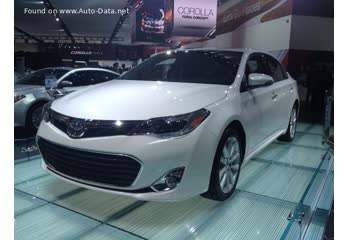
Other generation.
Its production began in 2012 until 2015
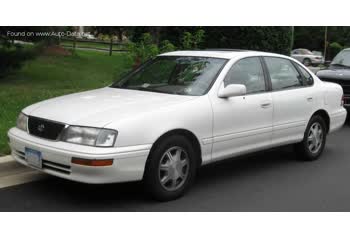
Other generation.
Its production began in 1994 until 2000
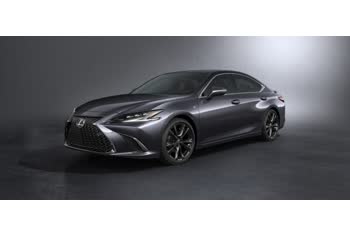
Same engine. (2GR-FKS).
Its production began in 2021 until Now
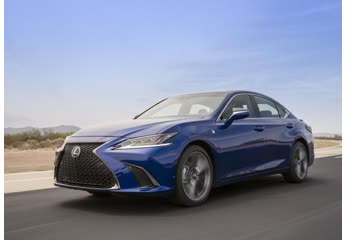
Same engine. (2GR-FKS).
Its production began in 2018 until 2021
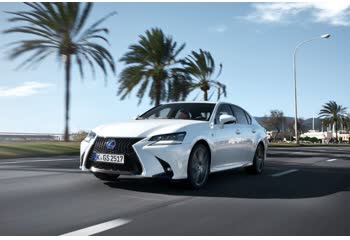
Same engine. (2GR-FKS).
Its production began in 2015 until 2018

Same production year and almost the same engine capacity.
Its production began in 2018 until 2019
Write a comment